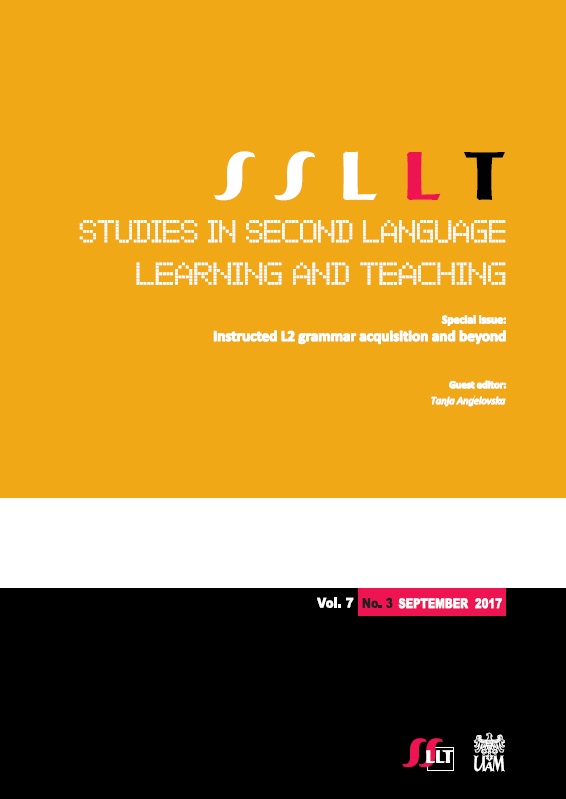Transitional woes: On the impact of L2 input continuity
from primary to secondary school
Transitional woes: On the impact of L2 input continuity
from primary to secondary school
Author(s): Simone E. Pfenninger, Johanna LendlSubject(s): Foreign languages learning
Published by: Wojskowe Biuro Historyczne im. gen. broni Kazimierza Sosnkowskiego
Keywords: EFL; primary school; age factor; young learners
Summary/Abstract: In this paper, we discuss the problem of articulation between levels in the educationalsystem, as the transition from a rather more communicative, content basedand holistic approach to English as a foreign language (EFL) teaching atprimary level to more formal and explicit ways of foreign language (FL) teachingat secondary is often experienced as problematic by students and teachers alike(see, e.g., Muñoz, Tragant, & Camuñas, 2015). The results of a mixed methodsanalysis are presented, in which we analyzed, through a questionnaire and language experience essays, perceived continuity between input received in primary school and secondary school, as well as learners’ beliefs, attitudes andself-efficacy before and after they transitioned to secondary school. Twelve primary schools and six secondary schools in Switzerland participated in the study, with a total of 280 early learners of EFL (biological age 12-13 years, age of onset8 years). We will argue that one of the main reasons why early FL instruction seems not to bear fruit later in secondary school is that, on the one hand, coherence in curriculum design and practice vary in a few—but crucial—aspects within and between primary schools. On the other hand, the fact that secondary education becomes a meeting point for mixed ability classes also seems to mitigate the potential advantages of an earlier start.
Journal: Studies in Second Language Learning and Teaching
- Issue Year: VII/2017
- Issue No: 3
- Page Range: 443-469
- Page Count: 27
- Language: English

